
BirdTrack migration blog (24–30 March)
Scott’s role includes the day-to-day running of BirdTrack: updating the application, assisting county recorders by checking records and corresponding with observers.
Relates to projects
These weather conditions were responsible for the talking point of the spring so far, as over 125 Alpine Swifts were reported from across Britain and Ireland.
- The first birds were reported on 13 March in Ireland, with an amazing seven birds together in Dungarvan, Co. Waterford.
- More birds arrived in the week with several locations hosting two or more individuals.
- The largest gathering was nine birds over Bray, Co. Wicklow on 19 March.
The influx spread across the rest of Britain and Ireland with the majority of birds seen in Ireland, and southern and eastern Britain, although some were seen as far north as the Scottish Highlands. Given the forecast, more Alpine Swifts are likely to arrive.
Alpine Swifts weren’t the only species to arrive in the last week or so. Wheatear, Sand Martin, and Chiffchaff, arrived in good numbers with many people adding them to their year lists.
All these species arrived a few days earlier than in recent years; a result of warmer weather across south-western Europe and a steady run of south-westerly winds aiding their northward migration.
Other migrants that made their first appearances of the year included Osprey, Common Tern, Sandwich Tern, Hobby, Ring Ouzel, Willow Warbler and Sedge Warbler, and more will be arriving in the coming days.
It wasn’t all about birds arriving. Some species were departing, having spent the winter here or further south and using Britain and Ireland as a staging post along their migration routes. A steady passage of Chaffinches was seen from a number of locations, including Lowestoft in Suffolk, with a few thousand birds heading over in a matter of an hour or so.
Likewise, small groups of Redwings were found feeding up before heading out across the North Sea – their high-pitched seeep call could be heard just after dusk as they used the cover of darkness to leave the country. Redwings weren’t the only thrush species departing the UK, as during the last week small groups of Blackbirds were seen heading off at dusk. These will be Continental breeding birds that arrived here in November last year, heading back to countries such as Belgium, France and Germany.
Wildfowl numbers continued to drop as Wigeon, Pintail, Whooper Swan, and Pink-footed Goose left their wintering spots across Britain and Ireland to head to their breeding areas in Iceland, Scandinavia and the Russian Arctic. Although some will remain as late as May, the majority of these species will have left by early April and now is a good time to listen out for flocks migrating at night.
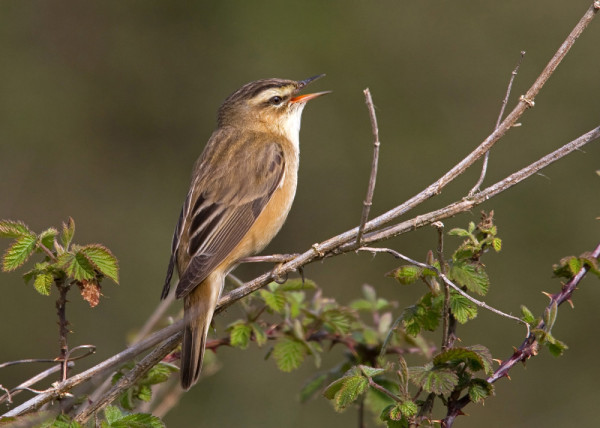
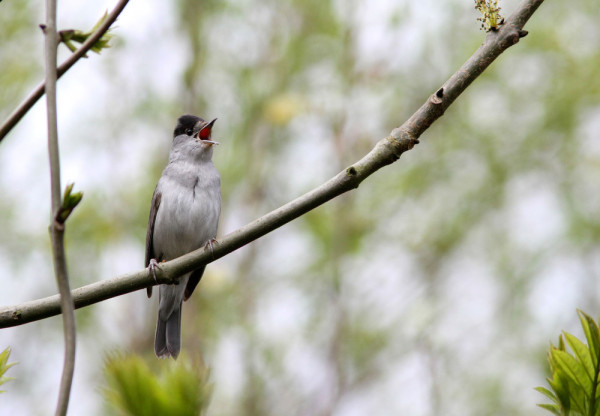
Looking ahead
The south-westerly winds that have dominated the weather in the past 10 days look set to change as we move through the weekend, and by the early part of next week an arctic airmass plunges down across much of Europe. This will not only see a drop in temperatures but also a switch in wind direction as cold arctic air is drawn in on northerly winds. This change in weather and wind direction will see the pace of migration slow as birds hold tight until more favourable conditions return.
This colder spell should only last two to three days and whilst it shouldn’t have too much of an effect on those birds that have already arrived, there may be some southward movement of Swallows and martins as they search for food. As we move towards the end of the week, the forecast shows a return of slightly warmer conditions and winds coming from the south or south-west.
If you are heading out this weekend there should still be birds arriving. Wooded areas are worth checking for Chiffchaffs, Willow Warblers, and Blackcaps, all of which should be singing at this time of year. These same areas may play host to Firecrests. Again, listening for their high-pitched call and Goldcrest-like song is a good way of finding these hyperactive sprites, with the males often showing the fiery centre to their crown strip as they sing.
Open areas of short grass, such as horse paddocks or rabbit-grazed meadows are a good place to look for Wheatears and Ring Ouzels. Sometimes small groups of each can be found together. The slight brown markings on the backs of male Wheatears are a good identification feature for the race oenanthe that breeds in Britain and Ireland. The Greenland race of wheatear, leucorhoa, typically arrives later in the spring around mid to late April and is a bulkier bird and has a plain steel-grey back.
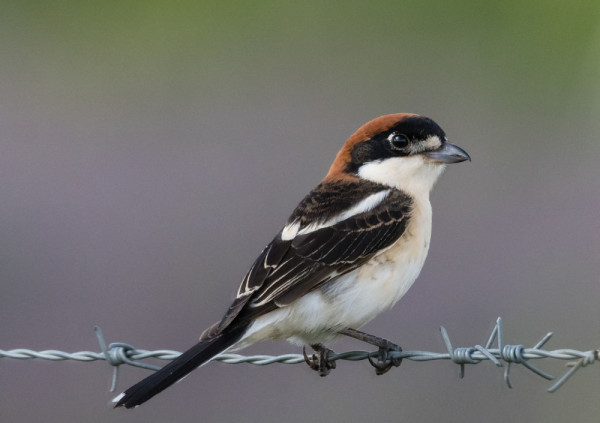
In any reedy areas, it's worth listening out for the first singing Sedge Warblers of the year. Males will often sing from exposed bits of vegetation, such as a bramble bush or Hawthorn, when they first arrive. Their distinctive, scratchy chattering song is fast-paced. It can last several minutes and even be given in short song flights as the male rises up a few metres above the reeds before parachuting back down.
These same reedy areas can be used as roost sites for Swallows and martins, and an early morning visit could find them sat in the reeds soaking up the first rays of morning sun before they begin to feed over open water.
Whilst this time of year isn’t the classic time of year to find rare species, spring still has the potential to deliver something a little bit special. Given the current influx of Alpine Swifts, keeping your eyes skywards could prove fruitful as birds move around and new individuals arrive.
Other rarer species that can turn up at this time of year include Lesser Kestrel, Short-toed Treecreeper, Pallid Swift, Woodchat Shrike, and Western Subalpine Warbler. All these species have started to arrive back across Portugal and Spain and no doubt the occasional bird will continue northwards.
Add your records to BirdTrack
As we look forward to spring, your records give us valuable information about bird migration. Adding your records to BirdTrack is quick and easy – sign up today.
Find out more



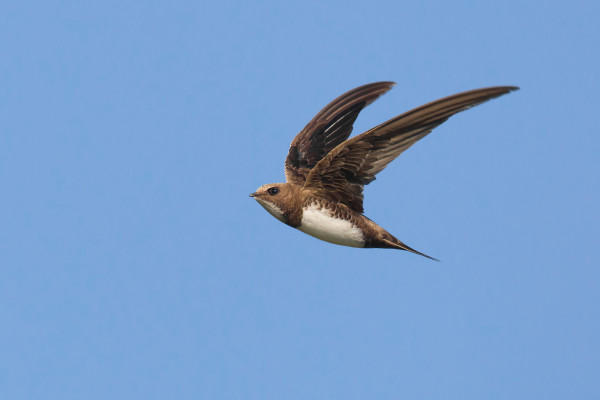

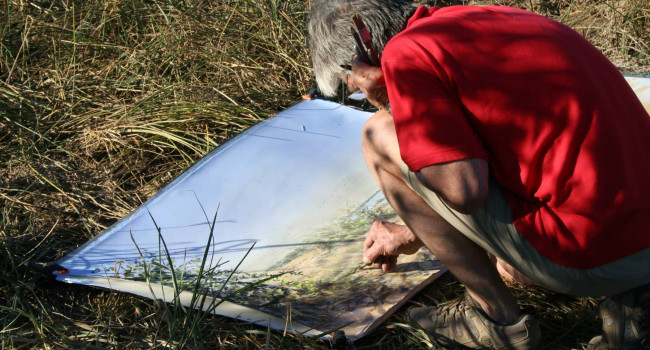


Share this page